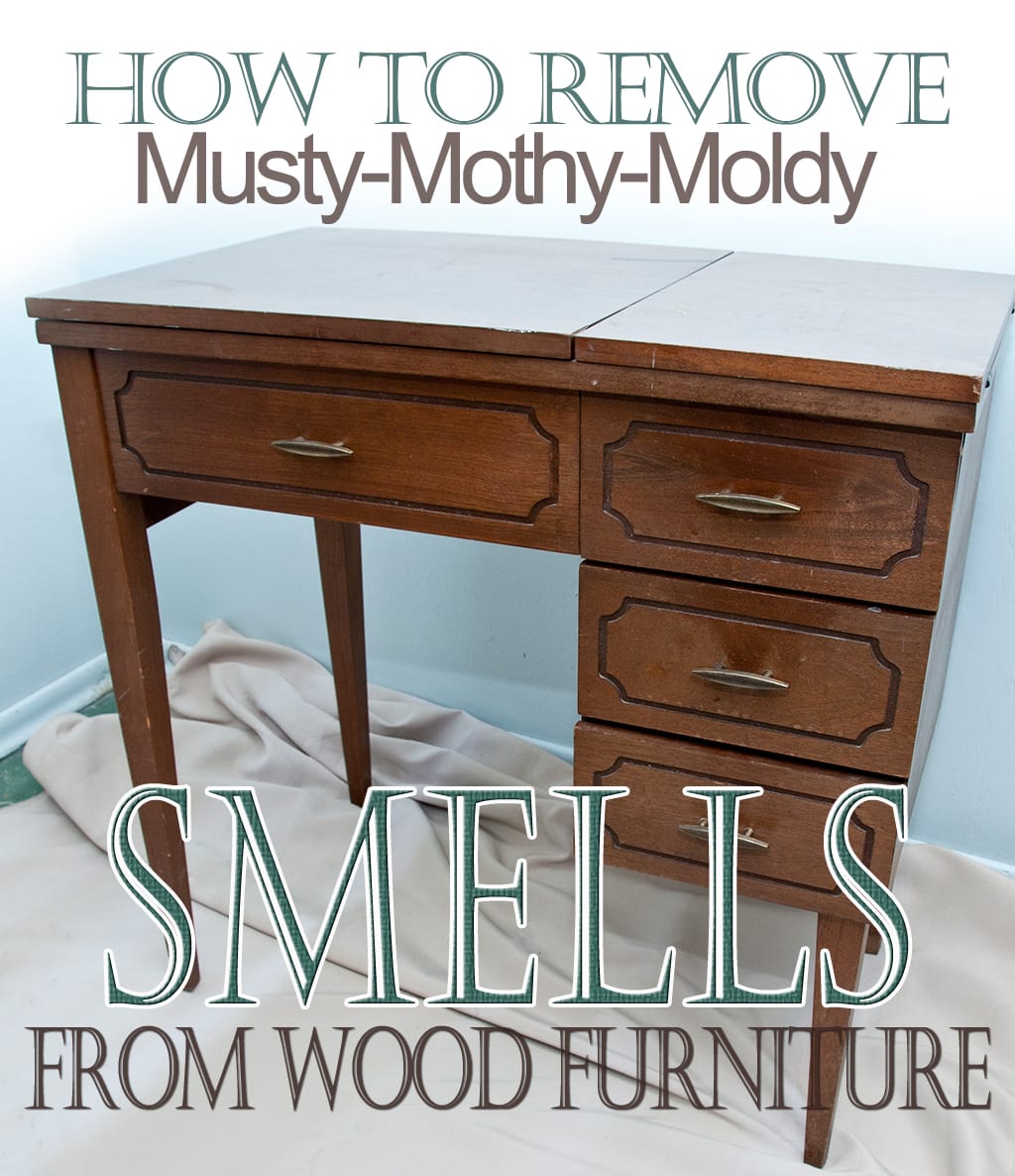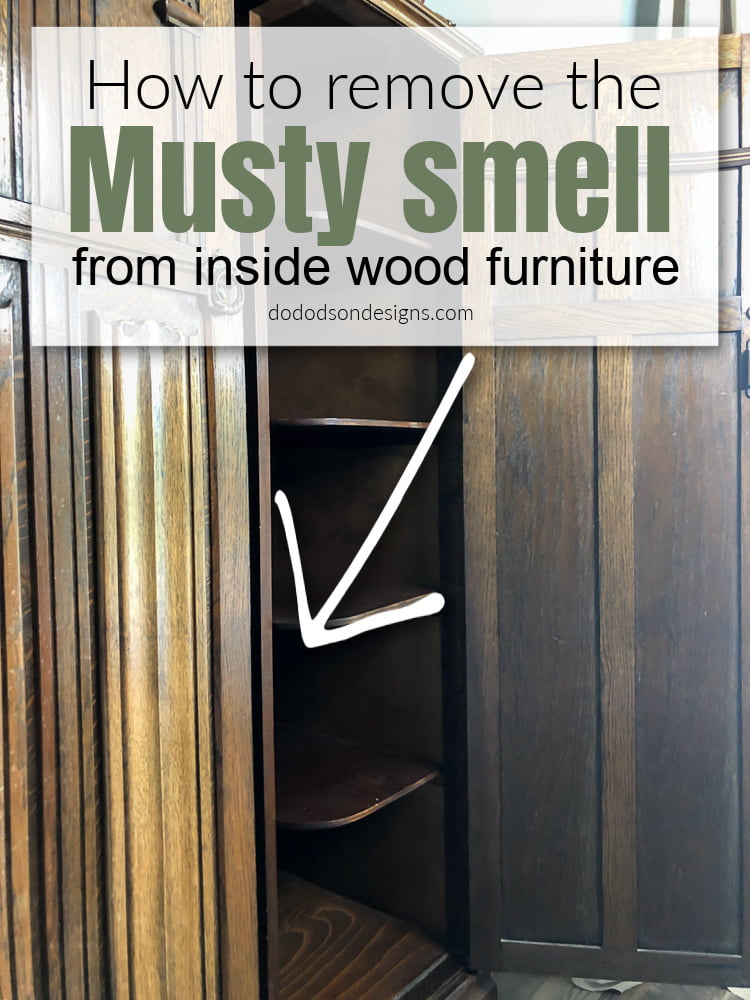Removing unwanted odors from wood furniture doesn't have to be a daunting task. In "Effective Ways to Remove Smell from Wood Furniture," you will discover tried-and-true methods that you can easily apply to refresh your cherished pieces. This guide walks you through simple, practical steps, using household items and natural remedies, to help you banish those pesky smells for good. Whether it's a musty old dresser or a smoky cabinet, you'll find effective solutions to ensure your wood furniture smells as good as it looks. Do you have a favorite piece of wood furniture that's been around for a while, but it's starting to develop an unpleasant smell? Maybe it's that antique dresser you inherited, or the rustic coffee table you found at a flea market. Foul odors can make even the most beautiful furniture undesirable. Luckily, there are effective ways to remove smell from wood furniture. Let's dive into how you can breathe new life into your cherished pieces.
Understanding the Root Cause
Before diving into remedies, it’s crucial to understand why your wood furniture might be smelling. Odors in wood furniture can stem from a variety of sources. Identifying the root cause will help you choose the most effective method for getting rid of the smell.
Common Causes of Odors in Wood Furniture
-
Moisture and Mold
Wood is a porous material, which means it can absorb moisture from the air. In damp environments, this can lead to mold and mildew growth, both of which are notorious for their unpleasant odors. -
Food and Drink Spills
Accidents happen! Spilling food or drink on wood surfaces and not cleaning it properly can leave behind lingering smells. -
Pet Accidents
If you've got pets, it's possible they might have marked their territory on your furniture, leaving behind a bad smell. -
Chemical Residues
Old finishes and treatments, like varnish or shellac, can start to emit smells as they age and break down. -
Tobacco Smoke
If the furniture was used in a smoking environment, it can absorb smoke particles that leave a lasting odor.
By identifying what's causing the smell, you can better tackle the problem.
Preparation Before Cleaning
Before jumping into any cleaning methods, you’ll want to prepare your workspace and gather necessary supplies. Proper preparation ensures you're ready to effectively tackle the problem.
Assess the Surface
Take a good look at your furniture. Is it painted, varnished, or bare wood? The type of surface will determine which cleaning methods are safe to use. Varnished surfaces might respond differently to cleaning solutions compared to unfinished wood.
Gather Supplies
Here’s a basic list of supplies you might need:
| Supplies | Description & Purpose |
|---|---|
| Soft Cloths | For wiping down surfaces without scratching the wood. |
| White Vinegar | A mild acid that can neutralize odors. |
| Baking Soda | A natural deodorizer that's safe for most wood surfaces. |
| Activated Charcoal | Absorbs odors effectively. |
| Essential Oil | Adds a pleasant scent without chemicals. |
| Sandpaper (fine grit) | For unfinished or old furniture needing surface-level cleaning. |
| Mild Detergent | To clean food or drink spills. |
Safety First
Make sure you’re cleaning in a well-ventilated area. Some cleaning solutions can be potent, and strong fumes aren’t good for you or your furniture.

This image is property of sarahjoyblog.com.
Natural Cleaning Methods
Natural methods are often the best first step because they're gentle yet effective. They can eliminate odors without causing harm to the wood.
White Vinegar Solution
White vinegar is a fantastic natural cleaner and deodorizer.
How to Use:
- Mix equal parts of white vinegar and water in a spray bottle.
- Spray the solution lightly on the wood surface and wipe with a soft cloth.
- Let the furniture air out in a well-ventilated area.
Pro Tip: Avoid soaking the wood, as too much moisture can worsen the smell.
Baking Soda
Baking soda is great for absorbing stubborn odors.
How to Use:
- Sprinkle a generous layer of baking soda on the surface.
- Let it sit for several hours, or even overnight.
- Gently vacuum or wipe away the baking soda with a cloth.
Activated Charcoal
Activated charcoal is known for its excellent odor-absorbing properties.
How to Use:
- Place bowls of activated charcoal around the furniture.
- Leave it for several days.
- The charcoal will absorb and neutralize the unpleasant smells.
Essential Oils
Adding a pleasant aroma to your furniture can mask persistent odors.
How to Use:
- Mix a few drops of your favorite essential oil with water in a spray bottle.
- Lightly mist the furniture and wipe it down.
- Essential oils like lavender or tea tree can also have antimicrobial properties.
Chemical-Based Solutions
If natural methods don't completely eliminate the odor, you might need to turn to chemical-based solutions. Use these with caution, as they can be more aggressive and potentially damage the wood if not used properly.
Commercial Odor Neutralizers
You can buy spray-on odor neutralizers specifically designed for furniture. These are usually easy to use and effective.
How to Use:
- Follow the product's instructions carefully.
- Spray evenly over the affected area.
- Allow to air dry and repeat if necessary.
Enzymatic Cleaners
Especially useful for organic stains like food or pet accidents, enzymatic cleaners break down the molecules that cause odors.
How to Use:
- Spray directly onto the affected area.
- Let it sit for the time specified on the product label.
- Wipe away the cleaner with a damp cloth.
Activated Charcoal Packets
If you prefer a less bulky method, activated charcoal packets can be tucked into drawers or furniture compartments.
How to Use:
- Place the packets inside the furniture.
- Replace them every few weeks until the odor is gone.
:max_bytes(150000):strip_icc()/ideas-for-removing-odors-from-wood-3536463-FINAL-54b76a445dfb41acb4ba0c413bd80e80.png)
This image is property of www.thesprucecrafts.com.
Deep Cleaning Techniques
When superficial methods aren’t enough, a deeper clean may be required. This usually involves cleaning or even refinishing the wood.
Soap and Water Method
Using mild detergent can help remove surface grime and odors.
How to Use:
- Mix a small amount of mild detergent with warm water.
- Lightly dampen a cloth and wipe down the furniture.
- Immediately dry with a soft cloth to avoid moisture absorption.
Sanding and Refinishing
If the odor is deeply embedded in the wood, you might need to sand down the surface and refinish it.
How to Use:
- Lightly sand the affected area using fine-grit sandpaper.
- Wipe away any dust with a damp cloth.
- Apply a new finish or sealant as specified for your type of wood.
Preventative Measures
Once you've successfully removed the odor, it’s wise to take preventive measures to keep the smell from returning.
Regular Cleaning
Regular dusting and occasional deep cleaning can keep odors at bay.
Use of Liners
For drawers and shelves, using scented drawer liners can add a pleasant smell and prevent odors from settling in.
Maintain Humidity Levels
Using a dehumidifier can help keep the moisture levels in your home balanced, preventing mold and mildew growth.
Furniture Placement
Avoid placing furniture in damp areas like basements, or directly over air vents and radiators as extreme temperatures can affect the wood.

This image is property of salvagedinspirations.com.
Troubleshooting Tough Odors
Sometimes, certain odors can be particularly stubborn and refuse to go away even after you've tried multiple methods.
Persistent Pet Odors
For tough pet odors, repeated treatments with enzymatic cleaners can be particularly effective. Consider using a UV light to detect old pet stains that might be the culprits.
Smoke Smell
If your furniture has absorbed smoke, try putting it in a room with a HEPA air purifier running for several days. This can help filter out remaining smoke particles trapped in the wood.
Chemical Smells
Sometimes old finishes can continue to emit odors. In these cases, refinishing the furniture might be the only way to completely remove the smell.
Essential Tips for Different Types of Wood
Not all wood is created equal, and different types of wood may require different cleaning approaches. Here are some tips for cleaning various types of wood:
Oak
Oak is durable, but its wide pores can soak up stains and odors.
- Use a detergent specifically designed for oak.
- Test any cleaning solution on an inconspicuous area first.
Pine
Pine is softer and can scratch or dent more easily.
- Be gentle with abrasives.
- Use a mild cleaner and dry thoroughly to prevent warping.
Mahogany
Mahogany is hardwood with a tighter grain.
- Use a soft cloth and avoid excess moisture.
- A light application of essential oils can help offset any chemical smells.
Teak
Teak is naturally oily, making it more resistant to odors, but it can still absorb smells.
- Use a cleaner specifically designed for teak.
- Regularly apply teak oil to maintain its natural resistance to moisture.

This image is property of dododsondesigns.com.
Final Thoughts
Tackling bad smells in wood furniture doesn't have to be a daunting task. By understanding the root cause and using the right methods, you can keep your wood furniture smelling fresh and clean. Always follow up with preventive measures to ensure the odors don't return.
So go ahead, reclaim your cherished pieces and breathe new life into your living spaces!




